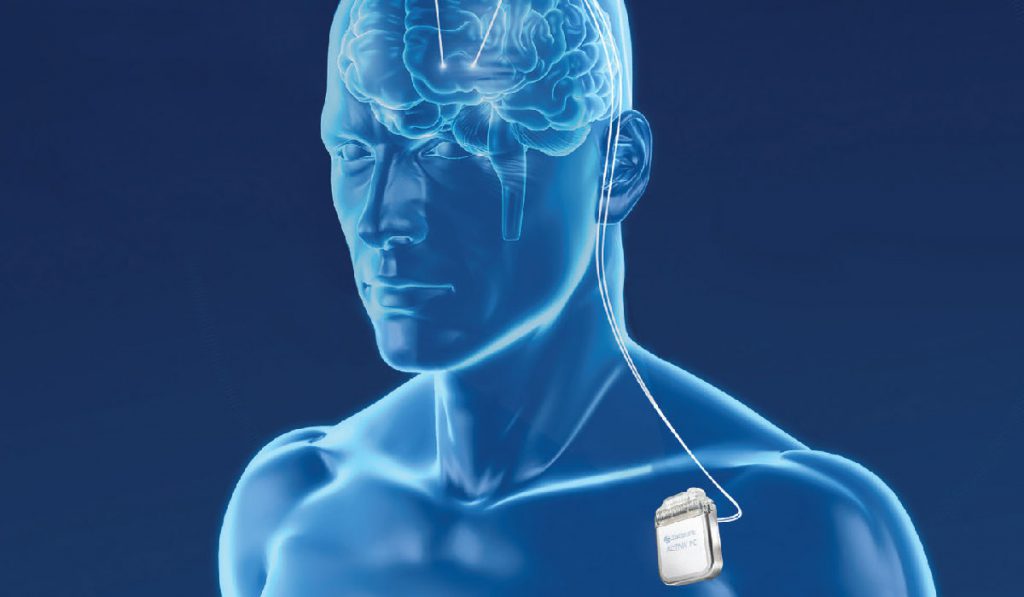Enhancing the Effectiveness of Deep Brain Stimulation through Novel Stimulation Techniques
Pillar IV
Neurodegenerative Disorders and Movement Disorders
Neurodegenerative disorders are among the most common neurological diseases. In Hungary alone, the number of patients with Parkinson's disease, classified as a movement disorder, is estimated to be between 20,000 and 40,000, and this number is rapidly increasing worldwide. By 2030, the number of Parkinson's patients is expected to double. As chronic conditions increasingly affect younger, working-age populations, movement disorders represent a significant burden at the individual, societal, and national economic levels.
The Neurology Clinic at the University of Pécs operates one of Hungary’s leading movement disorder centers, offering high-quality and extensive diagnostic and therapeutic services, consistent with international standards. However, achieving the correct diagnosis and optimal outcomes requires selecting and applying the most appropriate diagnostic and therapeutic tools for each individual case.
Our research group was the first to demonstrate that in certain patients, appropriately timed deep brain stimulation (DBS) can significantly preserve work capacity, with active employment and lifestyle serving as positive prognostic factors for the long-term success of DBS treatment.
Technological Advances in Deep Brain Stimulation
Deep brain stimulation has experienced explosive technical development. In recent years, new devices (e.g., segmented electrodes, remotely programmable generators that not only deliver stimulation but also monitor brain activity) have introduced new stimulation possibilities. However, the clinical significance of these technological innovations remains largely unexplored.
It is hypothesized that newer stimulation techniques may not only be more effective, cost-efficient, and safer but also support more personalized stimulation treatments.
Objectives and Methodology
Within the framework of the National Laboratory for Translational Neuroscience (TINL), our goal is to examine the clinical outcomes of therapeutic advancements by properly processing and analyzing real-world data collected during routine patient care. The real-world evidence generated from these analyses can be integrated into domestic clinical-neuroscientific practice, promoting the application of truly effective, safe, and cost-efficient therapies, ultimately improving patient survival and quality of life.
As part of the project, we will create a data ecosystem using digitized measurement tools, which can serve as a foundation for real-world evidence. We hypothesize that increasing the effectiveness of DBS will further enhance the benefits of this treatment, making it even more cost-effective.
In our studies, we will not only measure clinical endpoints but also aim to make progress in the treatment of Parkinson's disease and other movement disorders by calculating health gains and quality-adjusted life years (QUALY).
Data Platform and Research Prospects
The resulting data platform will facilitate obtaining new research grants, evaluating the effectiveness, safety, and cost-efficiency of treatments, measuring real-world effectiveness (RWE), assessing disease burden, identifying predictive factors, optimizing clinical practice, and supporting funding and health policy decisions. Additionally, it will enable participation in sponsored clinical trials and the adoption of new therapeutic and diagnostic modalities in Hungary.

